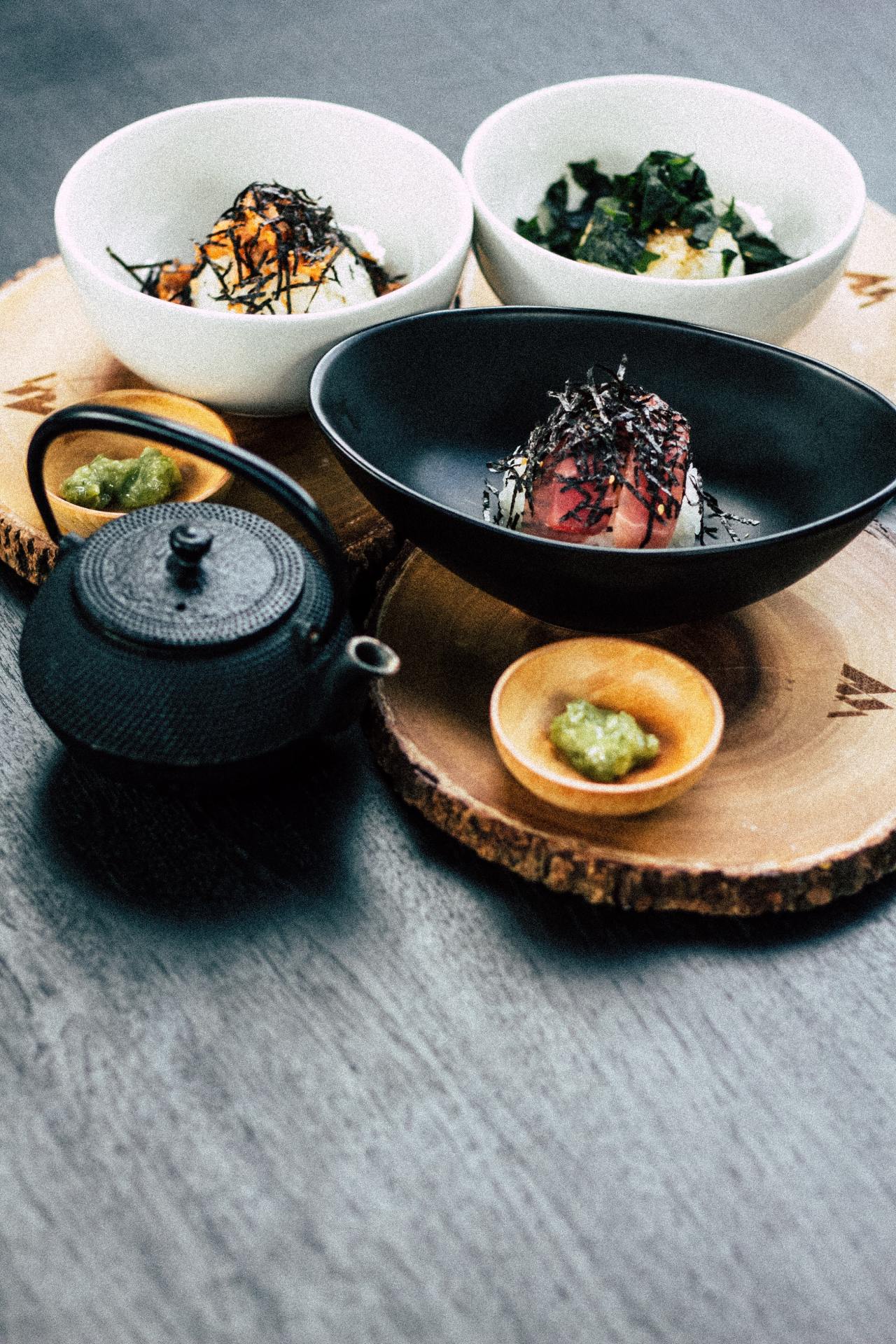#gallery-1 {
margin: auto;
}
#gallery-1 .gallery-item {
float: left;
margin-top: 10px;
text-align: center;
width: 100%;
}
#gallery-1 img {
border: 0px solid #cfcfcf;
}
#gallery-1 .gallery-caption {
margin-left: 0;
}
/* see gallery_shortcode() in wp-includes/media.php */
In 2013, traditional Japanese food, known collectively as washoku, was registered in UNESCO’s Intangible Cultural Heritage list. A unique culinary culture that has developed over centuries, washoku relishes fresh, natural produce and chimes with Japan’s distinctly changing seasons.
Healthy yet delicious, simple yet packing a huge flavour punch, Japanese cooking has boomed in popularity as the world wakes up to this ancient way of eating.
Washoku is the gold standard in considered cooking. Each ingredient is treated with respect, carefully sourced to honour nature by selecting produce according to its shun – its peak season. Celebrating Japan’s bountiful produce from both land and sea, the shun of particular foods are hotly anticipated each year. Prepared in a way that maximises the natural flavour of the ingredients, each dish is then presented with care, before being served and eaten with equal consideration.
Washoku is as rich in variety as it is ingredients and tradition, but at its foundation is ichiju-sansai. Meaning ‘a bowl of soup and three side dishes’, ichiju-sansai is washoku at its simplest and best – a balanced home-cooked meal of rice, pickled vegetables, soup, and three seasonal dishes. Found in all 47 prefectures, incorporating a tantalising variety of local dishes, ichiju-sansai is the perfect introduction to traditional Japanese cooking. From sashimi (raw fish) to yakiniku (grilled meat), look out for teishoku ‘set meals’ on restaurant menus. Or whilst you’re unable to eat out, Elizabeth Andoh’s book Washoku tells you everything you need to know to get cooking at home.

